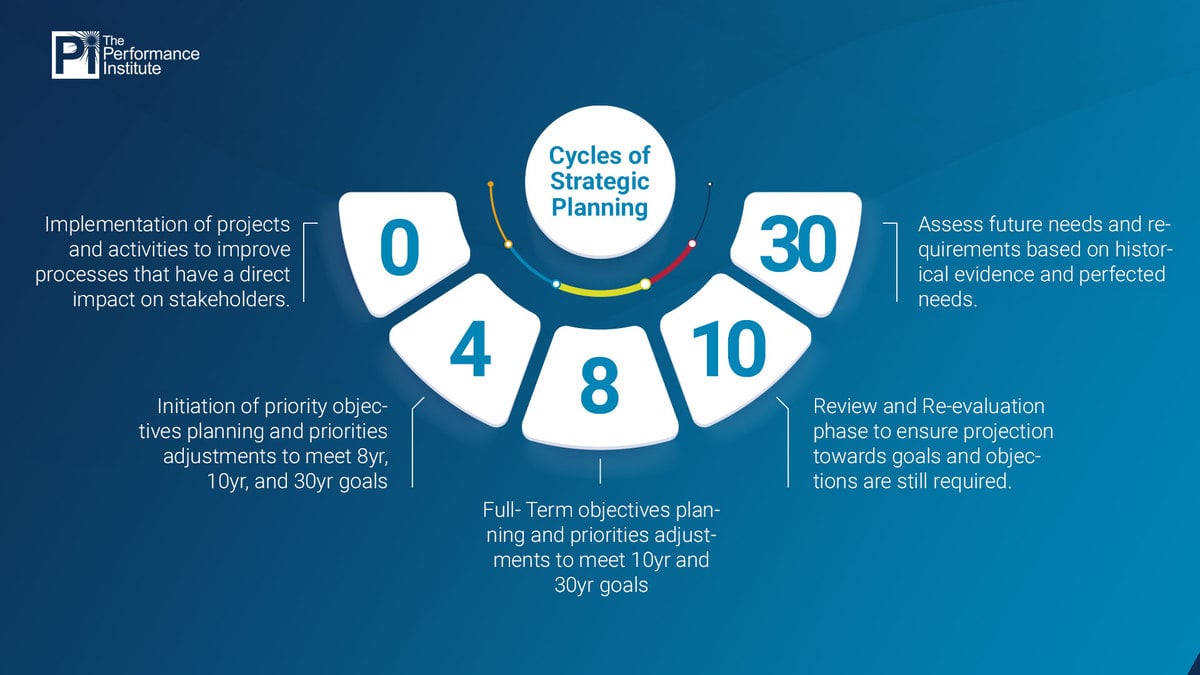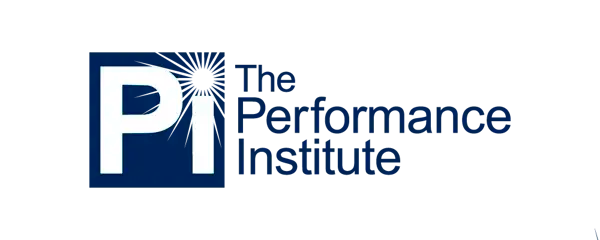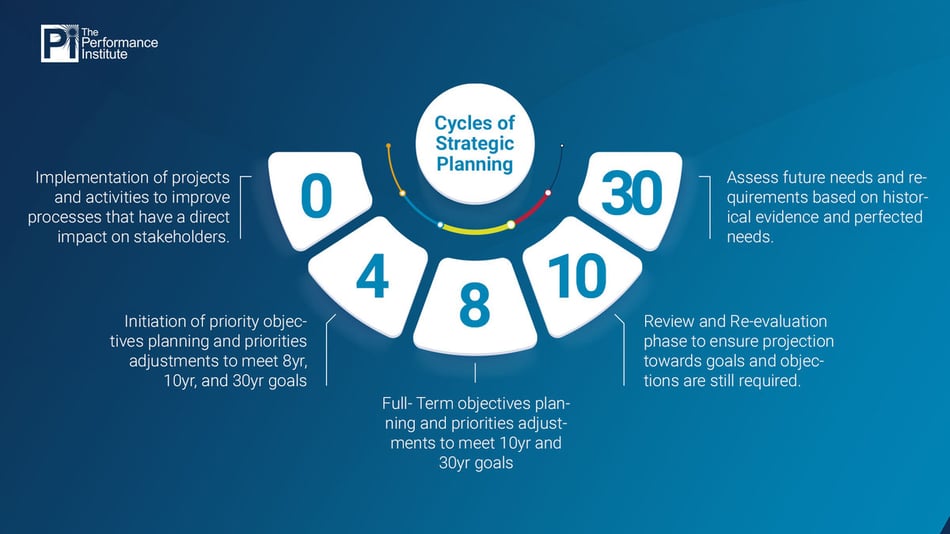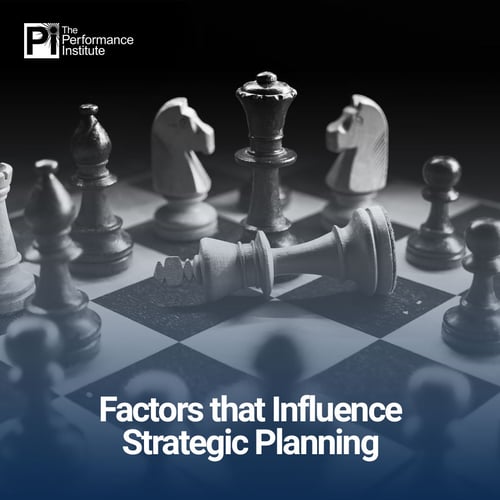The government environment is a highly volatile one and may easily change with the addition of new laws. As a result, agencies are tempted to adopt a reactive strategy instead of going for a proactive one. The problem is that a reactive strategy is only usable in the short term, which is why you need to go proactive: keeping your goals in the long term.
Strategic planning is a very efficient tool to achieve your objectives in the long run. Rather than simply responding to a situation, strategic planning will allow you to initiate influence. And for this tactic to be effective, agencies must know how it works and how every element can be implemented.
What Is Strategic Planning
Strategic planning is a management activity that focuses on strategies and the way they are implemented to meet a governmental agency’s objectives. The concept focuses on using various projects and initiatives so that they can accomplish a long-term strategic goal.
Strategic planning may not be accomplishable in the next few years – it may be a broad goal that can take some time to be implemented. For example, the broad objective of the USDA is to create a country where none of the food is contaminated or tainted. It may take years or decades – but the goal remains the same.
Cycles of Strategic Planning
Many organizations see strategic planning as a solid, non-changing project. However, like everything else in the world, things change. The elections bring different presidents, with different plans every year. Federal law may see changes that might affect how your agency evolves. This is why you need to update your plan every two years, as well as every 4-5 years if there are any significant changes.
Each strategy must pass through both short-term and long-term plans, with various cycle lengths. As part of a governmental organization, you should consider periodic adjustments and set different milestones that can help you update your project. Here are the most common cycles that can help you with your forecasts.
- 0-Year Cycle: During this cycle, you implement the activities and projects necessary to improve the organization’s process. This cycle has immediate effects and will directly impact the members.
- 4-Year Cycle: The 4-year cycle involves the strategies that are to be initiated. Here, you will set the priority objectives that you plan on achieving over 8 to 10 years. Adjustments are also to be made as part of this cycle. For instance, if one of your projects has no strategy, that project must be removed during the strategic plan update.
- 8-Year Cycle: The 8-year cycle involves the full-term objectives and priorities that you plan on achieving in the next 10 to 30 years. While the 0-year cycle focuses on shorter-term goals, the 8-year cycle involves the medium-term type.
- 10-Year Cycle: The 10-year cycle is a re-evaluation phase where you take a look at your strategies. If their projections are necessary for your goal, then they will remain implemented. However, if their projection is no longer required, then they will be removed from the strategic plan. New initiatives may be required depending on how many strategies are updated.
- 30-Year Cycle: 30-year cycles have the final picture in mind. During this stage, the agency will assess future requirements and cross-reference them to historical evidence. New long-term initiatives may be implemented to make sure that future needs are met.

Each strategic planning cycle has its own importance, which is why it should not be skipped. For a governmental campaign to be successful, both the short and long-term objectives need to be addressed.
Join Our Strategic Planning Course!
If you want to learn more about strategic planning, you are welcome to join our Strategic Planning Training Program.
Our next courses will take place on September 12-13, 2022, and October 17-18, 2022. Please check here to see the other remaining dates for 2022.
Throughout the courses, we will discuss matters such as how to define a clear mission and goal, how to use performance measures for the best results, how to identify key strategic elements, and how to conduct organizational assessments.














